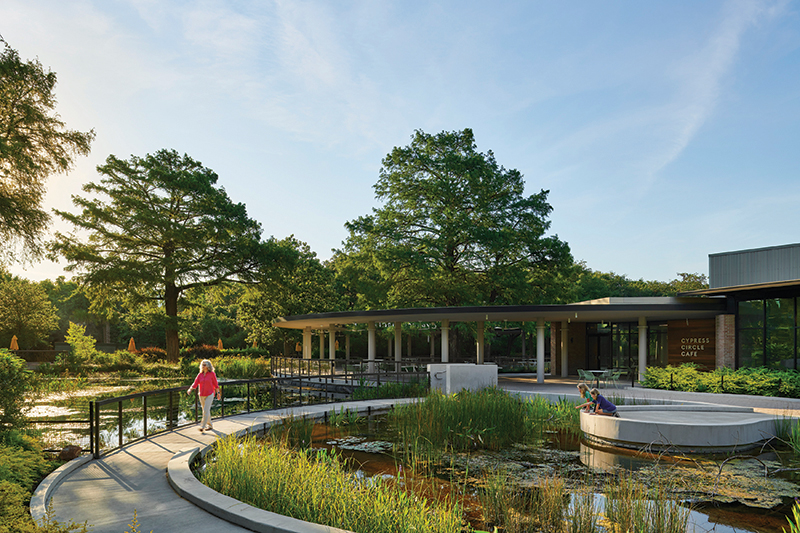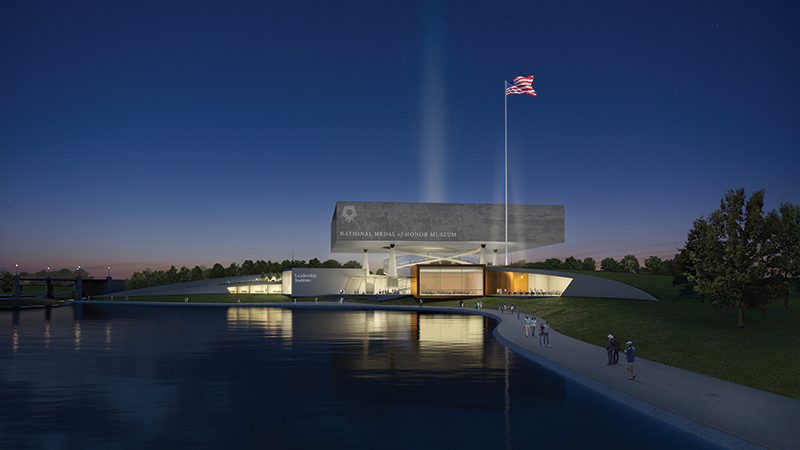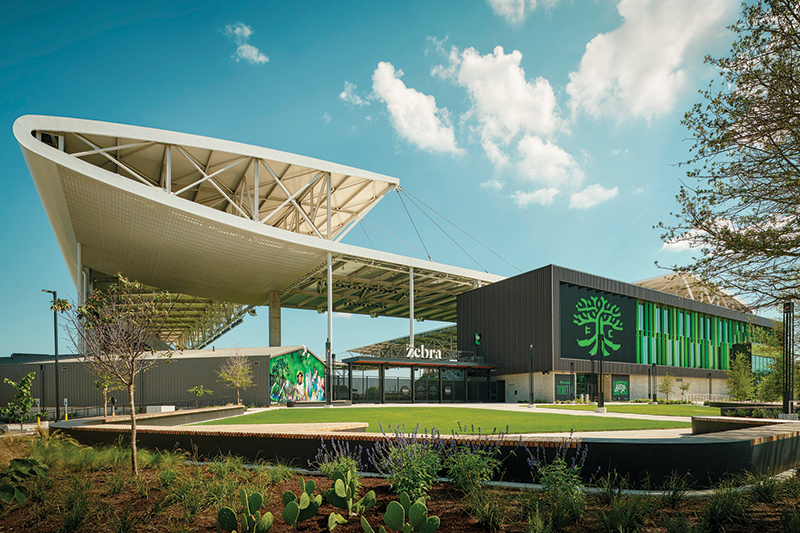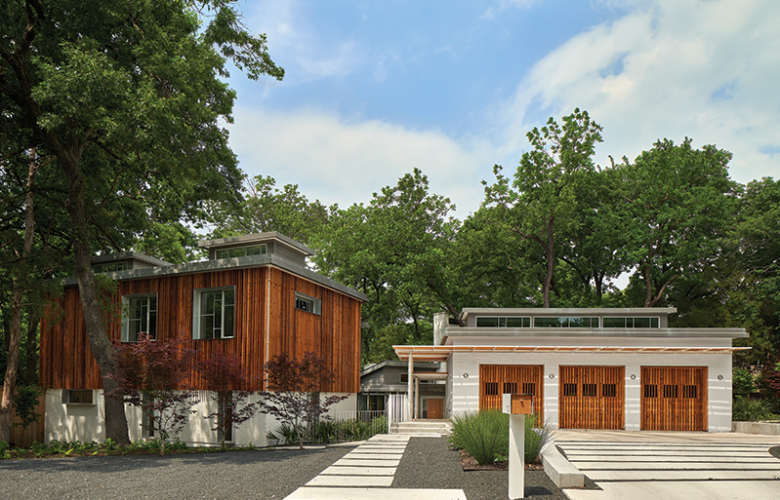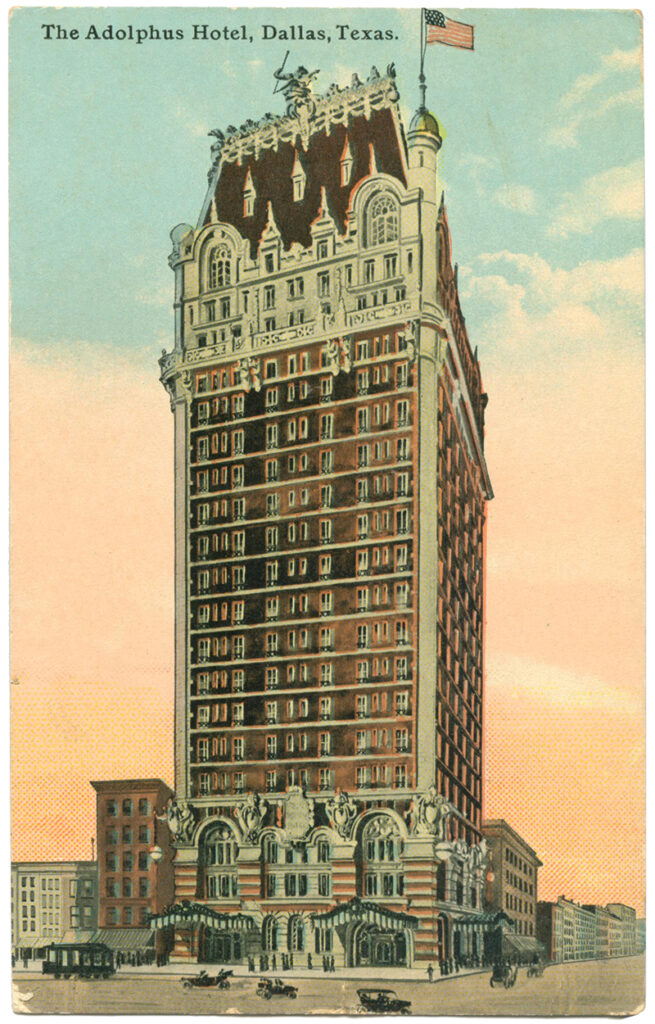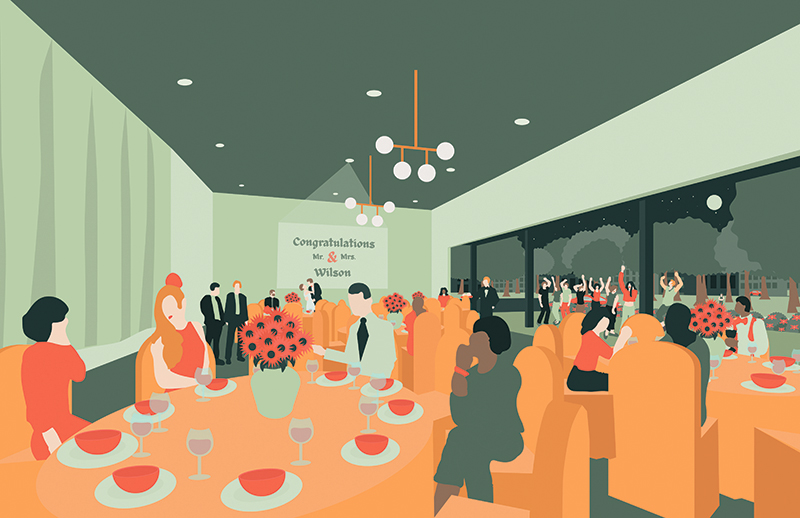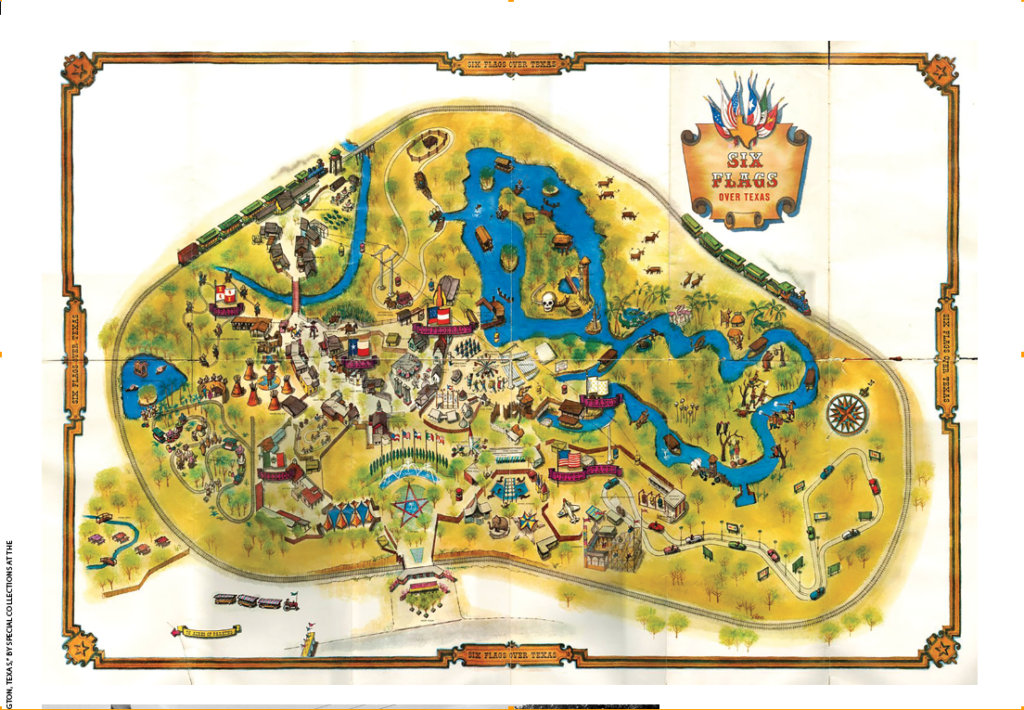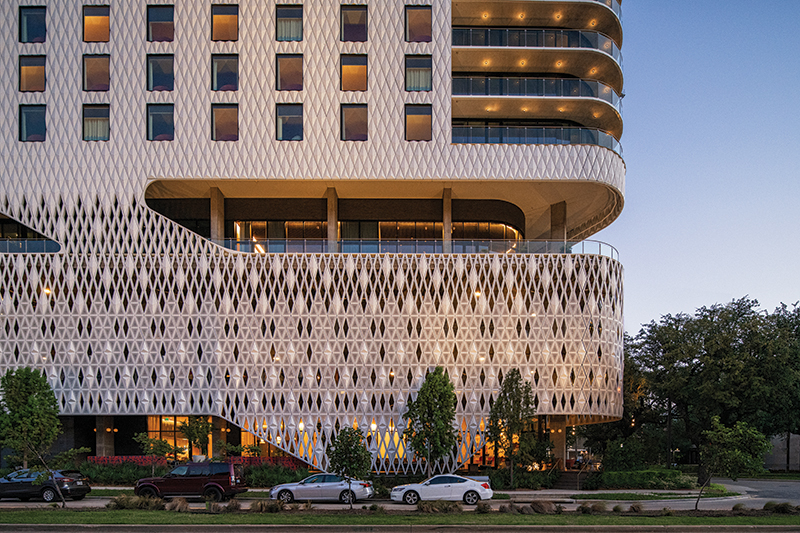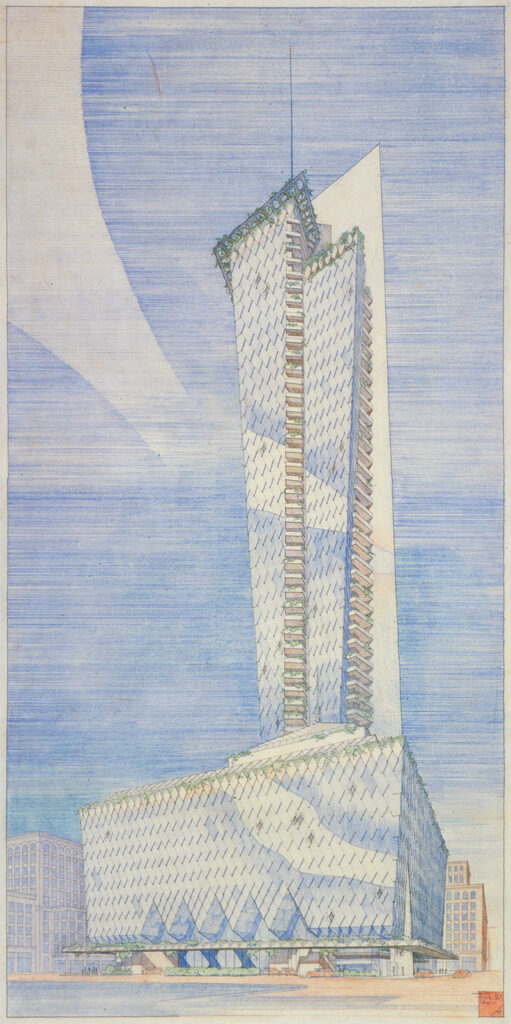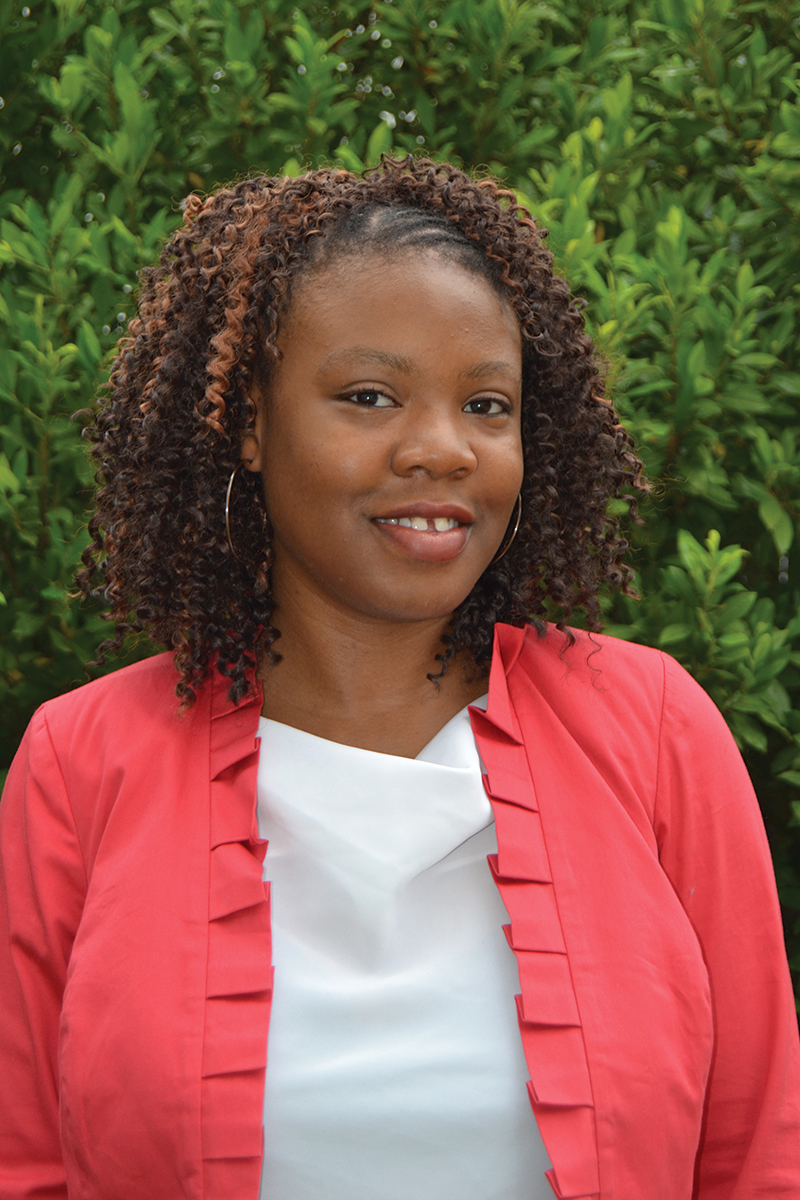
Q&A With Dr. Tara Dudley
Dr. Tara A. Dudley is an assistant professor at The University of Texas at Austin School of Architecture with a background in art history and historic preservation. Last year, she published “Building Antebellum New Orleans,” a book focusing on the role free people of color played in defining the unique character of the built environment of New Orleans. Texas Architect Interim Editor Brantley Hightower, AIA, spoke with Dr. Dudley earlier this year about how architectural history is taught and the legacy of John S. Chase Jr., FAIA.
Brantley Hightower, AIA: I understand you were born in Louisiana, but, as the saying goes, you got to Texas as quickly as you could. Tell me about the path that led you to recently becoming an assistant professor at The University of Texas at Austin.
Dr. Tara Dudley: When I was applying for college, I knew I wanted to go somewhere and do something outside of Louisiana. I was always interested in interior design and history and ultimately landed in New Jersey at Princeton University. There I had a work study job in the School of Architecture main office and started thinking maybe I should apply for admission into the School of Architecture. Then one day I had to hang a flyer or something in one of the studios and got a whiff of that environment, and I said, “This is NOT for me.”
After that, I thought I would major in history and minor in African American studies and women’s studies — that is, until I took an Italian Renaissance art class with Dr. Patricia Fortini Brown and she blew my mind. I was just like, “This is it; this is what I want to do.” And so I majored in art history, and my undergraduate thesis was on the transition of the Cooper Hewitt in New York from Andrew Carnegie’s home into a design museum.
After I graduated, I first had an internship at the Metropolitan Museum of Art in New York and then at Shadows-on-the-Teche, a historic 19th-century plantation near where I grew up in Lafayette. The Shadows is a National Trust site; there I learned I could pursue a career in historic preservation. I applied to the University of Texas because it had a good preservation program, and that’s how I ended up in Austin. I started interning at what’s now HHM & Associates and continued to work there as an architectural historian until 2019. That’s when I made my shift to full-time academia.
It’s nice to be able to pursue my own research and interests and do more writing. I feel I have more influence and can share the fantastic things that I learn with not only my students and colleagues, but with the public as well. Sharing with folks the histories of their neighborhoods and their families is something that really drives the work that I do academically, professionally, but also personally.
BH: I think it’s safe to say that most of our readers took some sort of achitecture history sequence when they were in school, and for most of us, that sequence focused primarily on the Western European canon. How are you approaching the teaching of this subject?
TD: In the last two or three years, there has been a recognition that the way we study and teach architectural history needs to change. It’s been great to have colleagues who support the expansion of the canon and recognize that by including voices of marginalized communities, by telling the hard stories that haven’t always been heard. It makes architectural history more relevant to what students are doing in studio. That’s always something we’re thinking about with these required courses. I’m still a student in that way: It’s not just about learning new material, but it’s about figuring out how to make it pedagogically and methodologically effective for my students.
Yes, we’re going to cover what’s in the textbook, but we can also approach architectural history more globally. We can teach it in a way that humanizes the subject matter, so that we’re creating a larger context. Why are we designing what we’re building at certain points in time and history? Who’s doing the designing and building? And who are the clients?
It’s that human element that is the common thread in everything that I’m doing right now. For me, it’s about the people as much as about the physical structure of the building.
BH: Speaking of stories that haven’t been told before, you’re currently working on a book for UT Press about John Chase, the state’s first licensed Black architect. Where is your research focusing?
TD: I didn’t know who John Chase was before coming to Texas. I was several semesters in when I received a John S. Chase Endowed Presidential Scholarship through the UTSOA, which is one of the opportunities that he and his wife, Drucie Rucker Chase, established. When I received this honor, I did my research and learned who he was. Although I never had the opportunity to meet him in person, I wish I had.
Creating the right foundation for future research on Chase is important to me. But it’s also hard because I want to get it right.
I want to get it right for his kids, Saundria and Tony, and for Mrs. Drucie. I couldn’t touch any of the work for weeks after she passed away last year because I had hoped that I would be able to produce and publish something while she was still with us.
Ultimately, what I would like to do is to tell the story of John Chase as a person. For me, it’s as important as his work because of how his life experiences informed his decision to come to Austin and to become the architect who produced all the great work that followed. We all know of all his pioneering achievements, and, of course, those things are important. But I want to talk more broadly about how his life gave his work meaning.
John Chase lived a wonderful life with tremendous honors and firsts, but when you listen to interviews he gave, he just wanted to be a good architect… and a good husband and father. That’s all. And I think that’s important in the telling of his story as it informed how he pursued his study and practice of architecture. His professional career also provided a foundation for his family and created community both in Austin and Houston. The work he did for the institutions, including Texas Southern University, and all the various churches, civic organizations, and social groups for which he designed buildings — that was all part of his desire to be a good architect who contributed to society.
BH: This March will be the 10-year anniversary of his passing. As his contributions to the profession and to the community continue to become better known, what do you think his legacy should ultimately be understood to be?
TD: That is a big question, and people have asked me that a lot. I think I might have said something different every time, but I don’t think his legacy is just one thing. The epitaph on Mr. Chase’s headstone says, ”Determined to Succeed.” And I think even that is too simple. Yes, he was determined to succeed: He wanted to become an architect and be able to practice without prejudice. But that desire was manifested in a way that was for the greater good. It was important for him to create a path for others to succeed at their own desires, to help others create their own legacies. And he did.
Also from this issue




